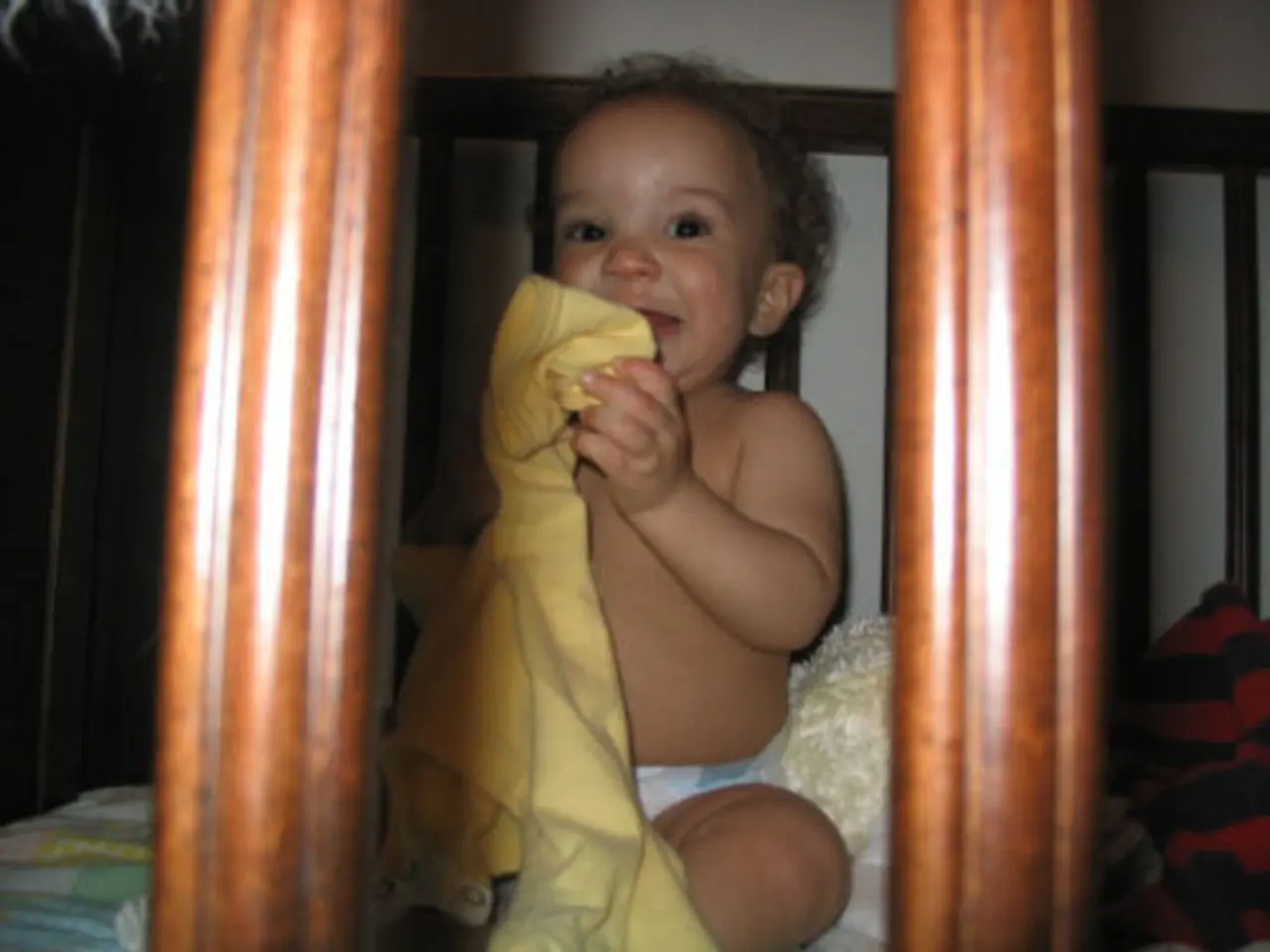A comprehensive rundown of various childcare choices, including cost analysis for each option
When it comes to child care, families have a variety of options to choose from, each with distinct costs and considerations. Experts highlight four main options: au pairs, nannies (live-in or live-out), nanny shares, and daycare.
Au Pair
Typically, the cost for an au pair ranges from about $325 to $480 per week, or $1,400 to $2,100 per month, averaging $16,900 to $25,000 per year. This includes agency program fees ($8,500 to $10,500 annually), match processing fees, and a weekly stipend ($146 to $250). Au pairs live with the family, so room and board are included.
Au pairs are limited to 45 hours per week and focus exclusively on child care tasks, without taking on housekeeping, cooking, or pet care duties. Their responsibilities vary by child age but include feeding, diaper changing, playtime, and developmental activities. For instance, with infants, au pairs help with bottle feeding, sterilizing items, supervising tummy time, and maintaining nap schedules.
While being live-in can deepen bonding, it requires space and family commitment. Agency fees and legal paperwork add complexity, and au pairs may have less experience than professional nannies but can offer a culturally enriching experience.
Nanny
The cost for a live-in nanny is about $700 to $1,200 weekly for the first child, plus $50 to $180 for additional children. Live-out nannies range from $525 to $1,000 weekly, with annual costs ranging from $27,000 up to $62,000 depending on live-in/out status and number of children.
Nannies provide dedicated, professional child care and often handle more complex child needs and household responsibilities related to children. They typically work 50-60 hours per week for live-ins, while live-outs may have fewer hours.
Hiring a nanny via an H-2B visa involves legal and financial obligations, including $10,000+ in application/legal fees, wage requirements, tax filings, record-keeping, and compliance with labor laws. Families should consider the legal complexity and long-term commitment when choosing this option.
Nanny Share
The cost for a nanny share ranges from $350 to $600 weekly, or $18,000 to $31,000 yearly. Costs are shared with another family, making it more affordable. Requires coordination with another family on schedules and expectations, but works well if families have similar child-rearing philosophies.
Daycare
Daycare costs $100 to $350 per week, or $5,000 to $18,000 annually, depending on location and center quality. Daycare provides socialization and structured programming but less flexible schedule. Care is less personalized than with a nanny or au pair. May be stressful if parents work unusual hours.
Additional Considerations
- Cost vs. Hours: Au pairs cost less weekly but have lower maximum hours (45 hours). Nannies offer more hours but can be significantly more expensive.
- Flexibility: Nannies and au pairs can offer in-home, flexible care tailored to family needs. Daycare has fixed hours and less customization.
- Legal and Administrative Work: Nannies, especially via visa sponsorship, require legal compliance and payroll management. Au pairs involve agency agreements and stipends. Daycare is simpler contractually.
- Emotional/Psychological Fit: Live-in caregivers like au pairs build close family bonds but require space and cultural adjustment. Nannies are professionals providing potentially higher skill level care.
Overall, experts suggest families weigh costs, hours needed, child's age and needs, legal responsibilities, and lifestyle fit when choosing child care. Au pairs offer cost-effective, culturally enriching care with limited hours; nannies provide professional full-time care but at higher expense and legal complexity; daycare suits parents needing fixed, social care at a lower price but less customization. Different child care options work for different families.
Families considering child care options may find themselves leaning towards family-dynamics enhancement, as the interaction between a family and their caregiver greatly impacts home-and-garden harmony. For instance, au pairs can offer a culturally enriching experience, being an affordable addition to the family, yet their strict 45-hour limit might not cater to families needing extended care.
On the other hand, professionally trained nannies can handle more complex child needs and household responsibilities, making them an excellent choice for families seeking a higher skill level and extended hours, even though they come with increased financial obligations and legal complexities.
In the end, relationships between family members and their caregiver play a vital role in maintaining a healthy family lifestyle. Making an informed decision based on finances, hours needed, and the emotional and psychological fit is crucial to ensure the best possible child care environment for every family.








